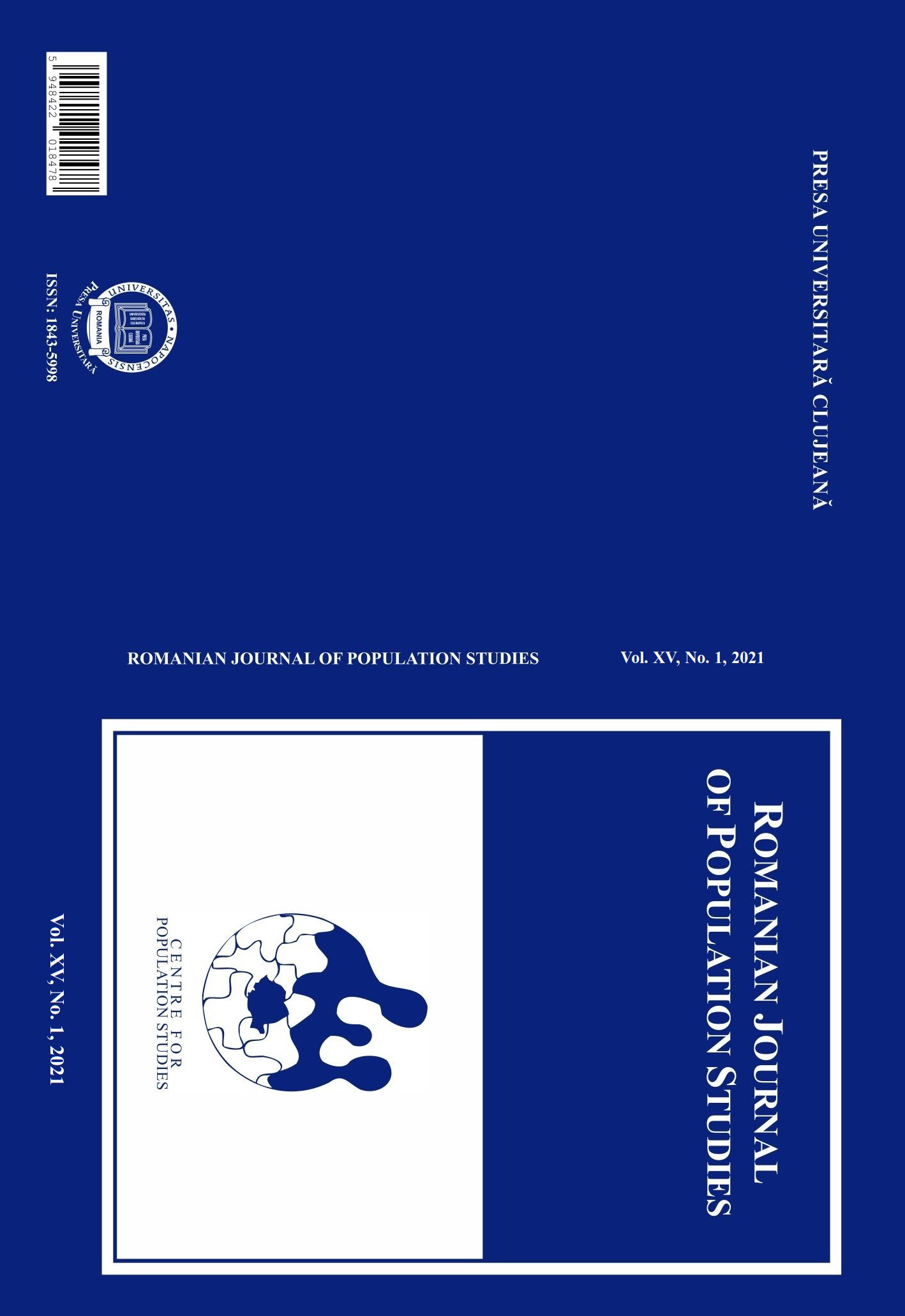Financial situation of orphans and half-orphans in Southern Transdanubia, Hungary in the 19th century
Financial situation of orphans and half-orphans in Southern Transdanubia, Hungary in the 19th century
Author(s): Gábor KolohSubject(s): History, Social history
Published by: Centrul de Studiere a Populaţiei
Keywords: mosaic families; orphans; Hajnal line; farming; birth control;
Summary/Abstract: Village orphans’ family fate and financial situation is a largely unexplored topic in Central European literature. In my study, I aim to reconstruct the history of the orphans in Ormánság, a South Transdanubian microregion known for its early deliberate birth control. In addition to registry data, the marriage contracts of widowed and remarrying parents, as well as the orphan documents of the estate provide an insight into the development of 19th-century orphans’ situation. Through the sources, we learn about the proportion of orphans, the operation of family systems and forms of community assistance. By focusing on the histories of certain families, we learn about the typical variants of provisions and the order between the options, from the mostly favourable solutions to the rarer less favourable ones. Taking into account the birth control practices prevailing in the region, we can see that, unlike in Western Europe, there is less of a tendency for children to be circulated as farm hands in this region, and instead, their early integration into the family estate is much more common. In addition, mosaic families created through remarriage retained a strong sense of being a “farming unit”, which is also reflected in the fact that the contracts were mostly favourable, and also restrictive, to both the stepparents and the children. Unlike western examples, the prospect of cohabitingwith the stepparent was held out even after the biological parent’s death, as long-term planning could mean the most sensible economical investment for family members. In the interpretation of the phenomena observed in the region, it is important to note that it is situated in the eastern band of the Hajnal line, thus it possesses both western and eastern characteristics.
Journal: Romanian Journal of Population Studies
- Issue Year: 15/2021
- Issue No: 1
- Page Range: 45-66
- Page Count: 22
- Language: English
- Content File-PDF

